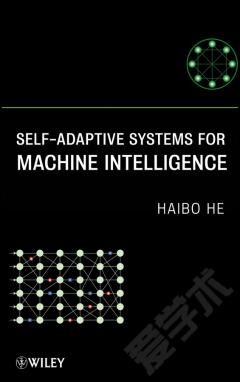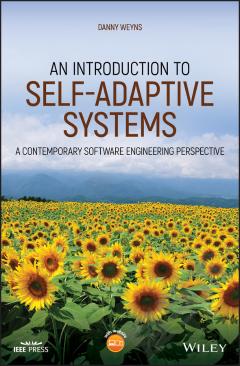Self-Adaptive Systems for Machine Intelligence
Preface. Acknowledgments. Chapter 1. Introduction. 1.1 The Machine Intelligence Research. 1.2 The Two-Fold Objectives: Data-Driven and Biologically-Inspired Approaches. 1.3 How to Read this Book. 1.4 Summary and Further Reading. References. Chapter 2. Incremental Learning. 2.1 Introduction. 2.2 Problem Foundation. 2.3 An Adaptive Incremental Learning Framework. 2.4 Design of the Mapping Function. 2.5 Case Study. 2.6 Summary. Chapter 3. Imbalanced Learning. 3.1 Introduction. 3.2 Nature of the Imbalanced Learning. 3.3 Solutions for Imbalanced Learning. 3.4 Assessment Metrics for Imbalanced Learning. 3.5 Opportunities and Challenges. 3.6 Case Study. 3.7 Summary. Chapter 4. Ensemble Learning. 4.1 Introduction. 4.2 Hypothesis Diversity. 4.3 Developing Multiple Hypotheses. 4.4 Integrating Multiple Hypotheses. 4.5 Case Study. 4.6 Summary. Chapter 5. Adaptive Dynamic Programming for Machine Intelligence. 5.1 Introduction. 5.2 Fundamental Objectives: Optimization and Prediction. 5.3 ADP for Machine Intelligence. 5.4 Case Study. 5.5 Summary. Chapter 6. Associative Learning. 6.1 Introduction. 6.2 Associative Learning Mechanism. 6.3 Associative Learning in Hierarchical Neural Networks. 6.4 Case Study. 6.5 Summary. Chapter 7. Sequence Learning. 7.1 Introduction. 7.2 Foundations for Sequence Learning. 7.3 Sequence Learning in Hierarchical Neural Structure. 7.4 Level 0: A Modified Hebbian Learning Architecture. 7.5 Level 1 to Level N: Sequence Storage, Prediction and Retrieval. 7.6 Memory Requirement. 7.7 Learning and Anticipation of Multiple Sequences. 7.8 Case Study. 7.9 Summary. Chapter 8. Hardware Design for Machine Intelligence. 8.1 A Final Comment. References.
{{comment.content}}








 京公网安备 11010802027623号
京公网安备 11010802027623号